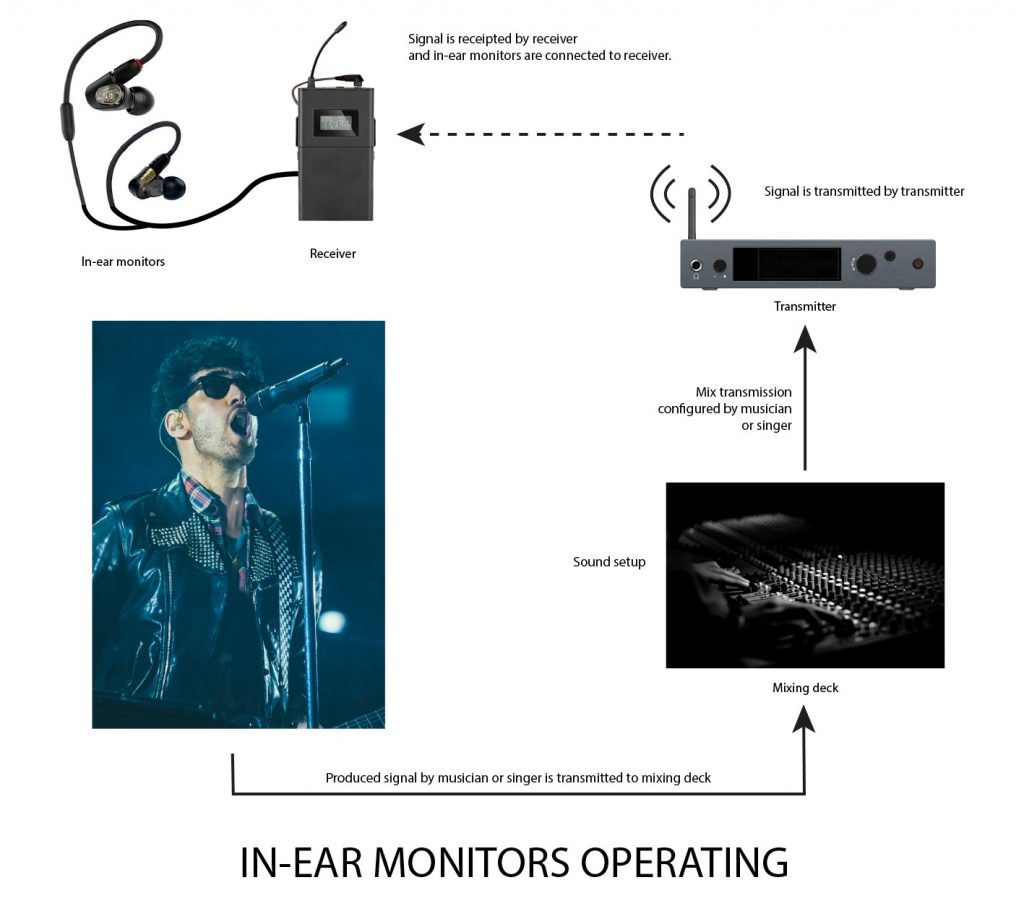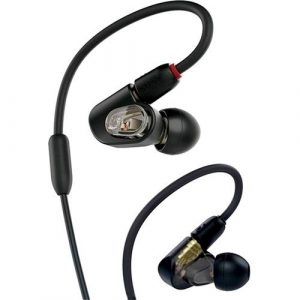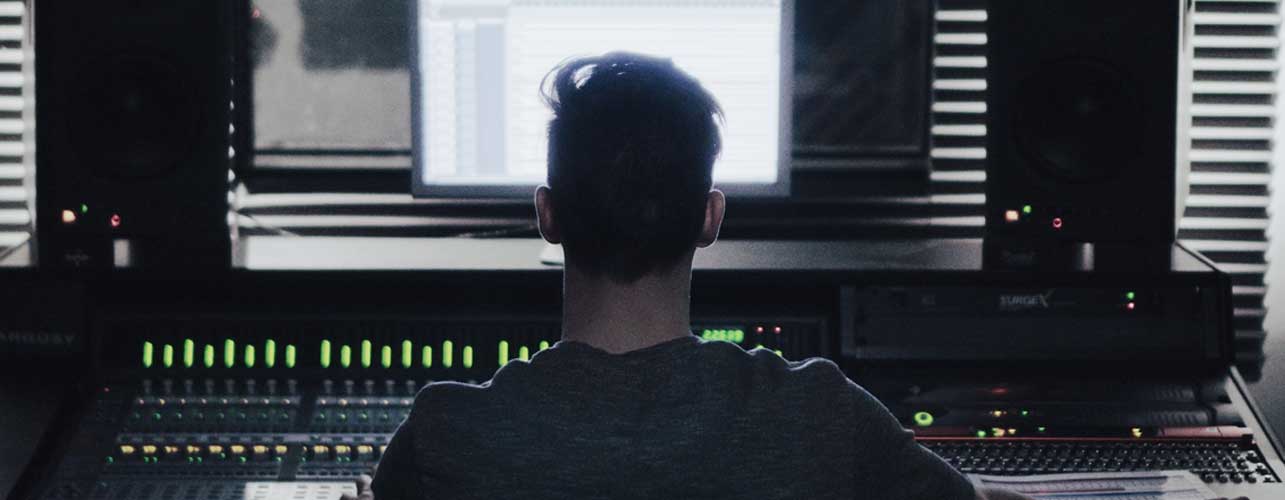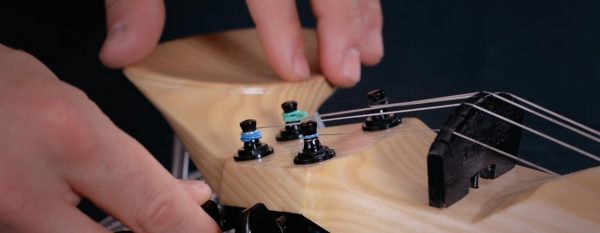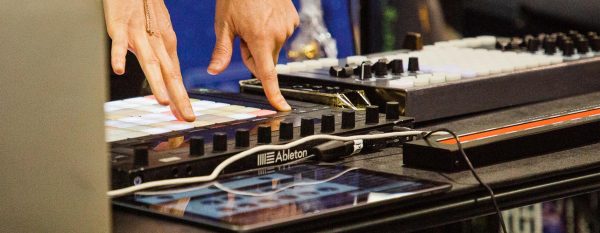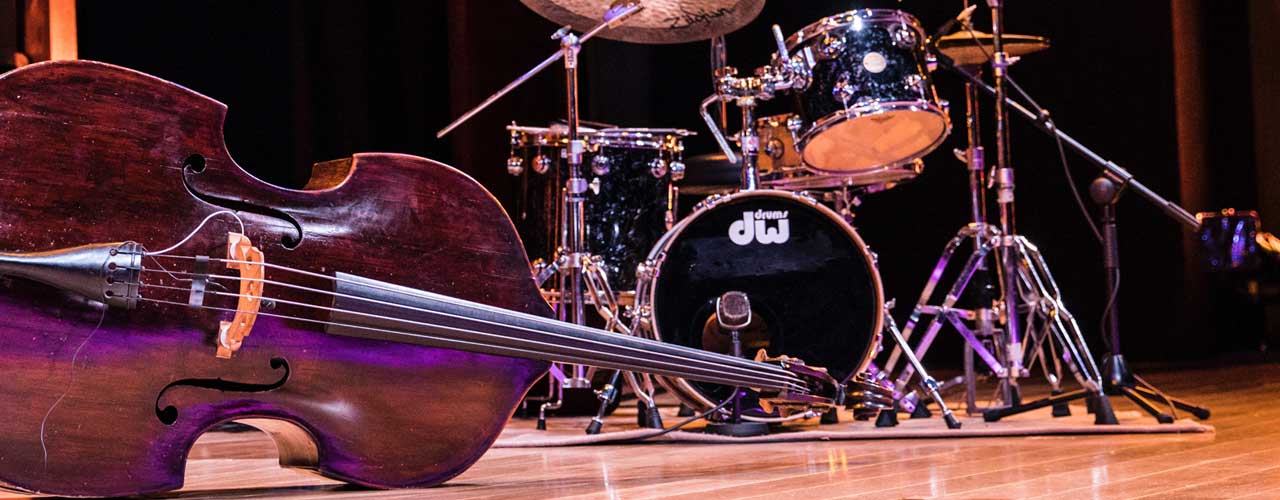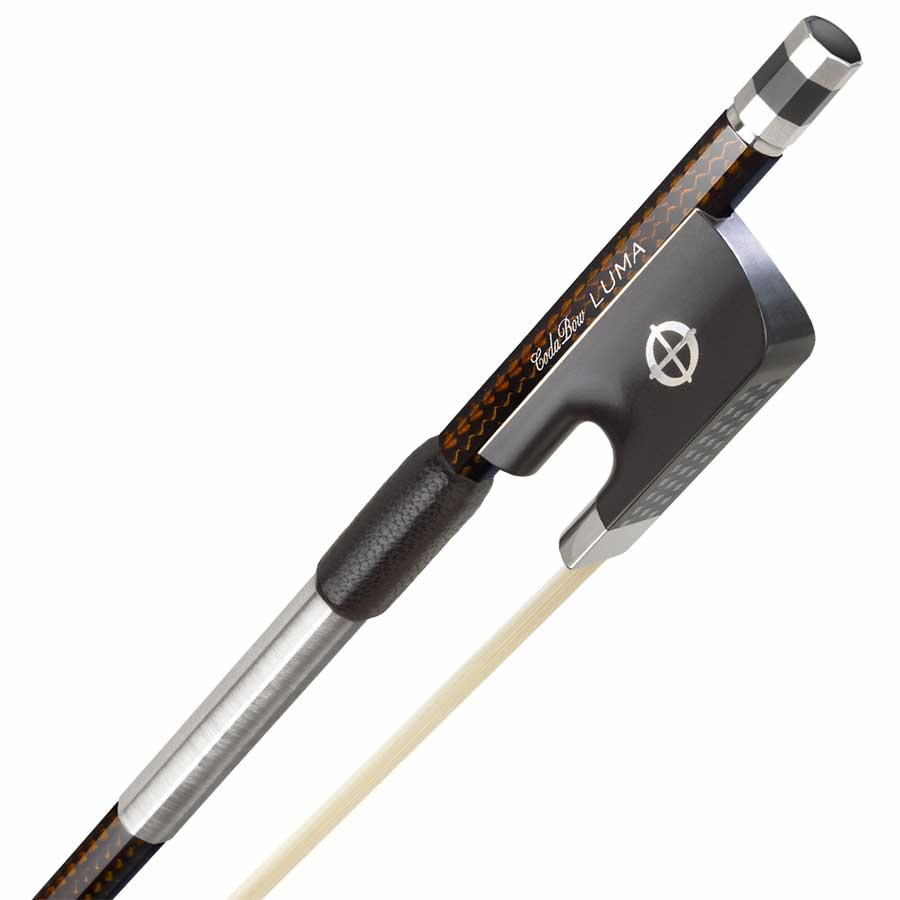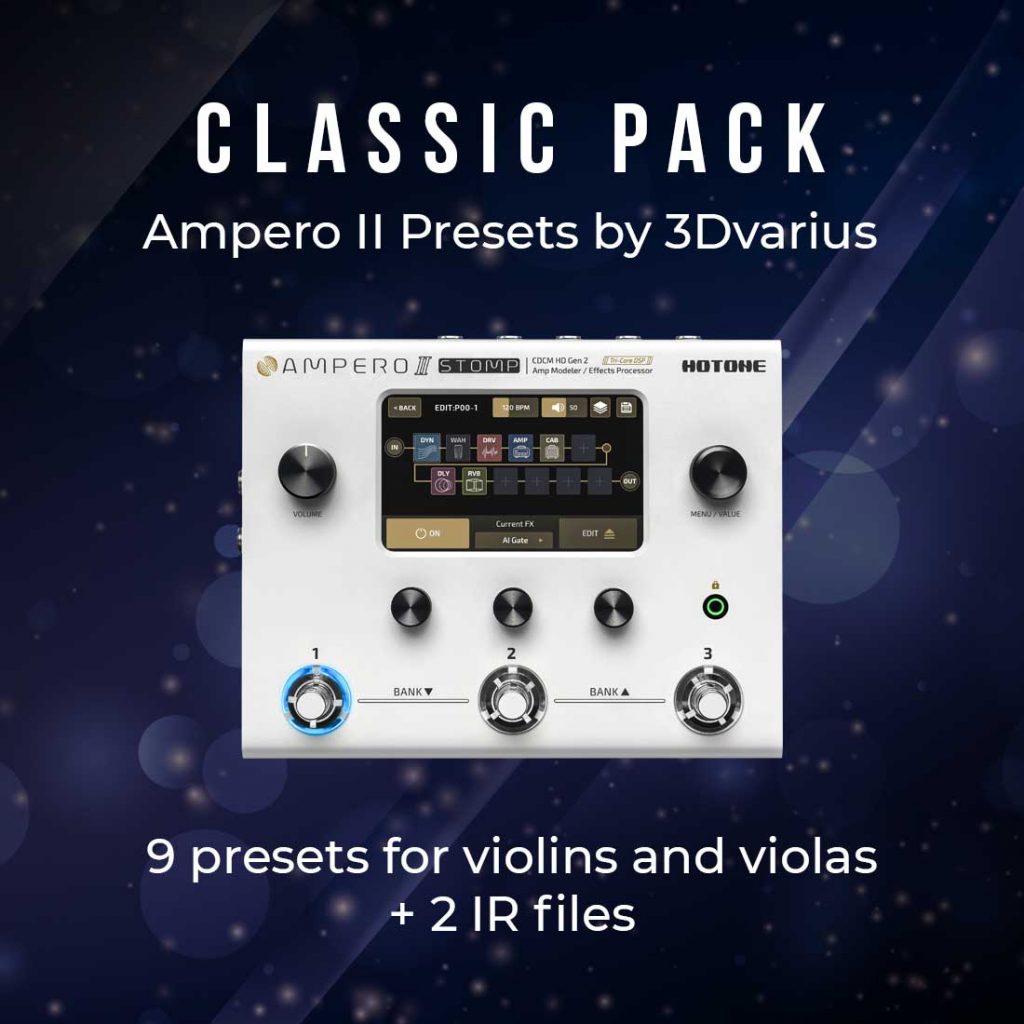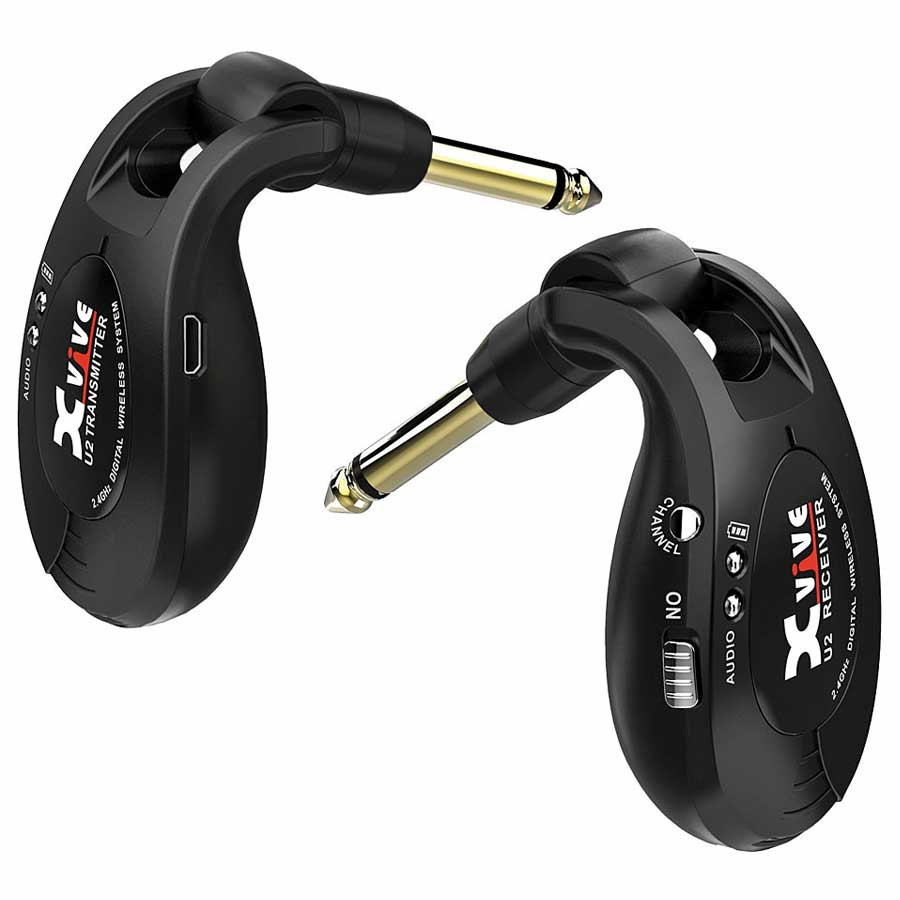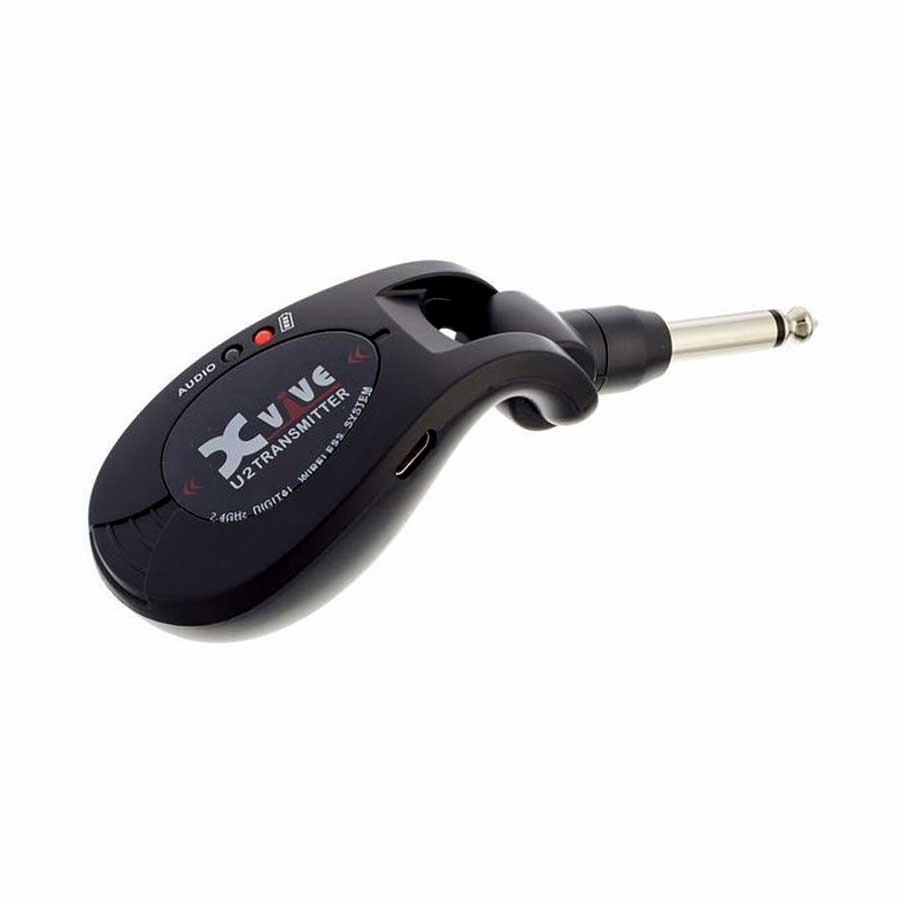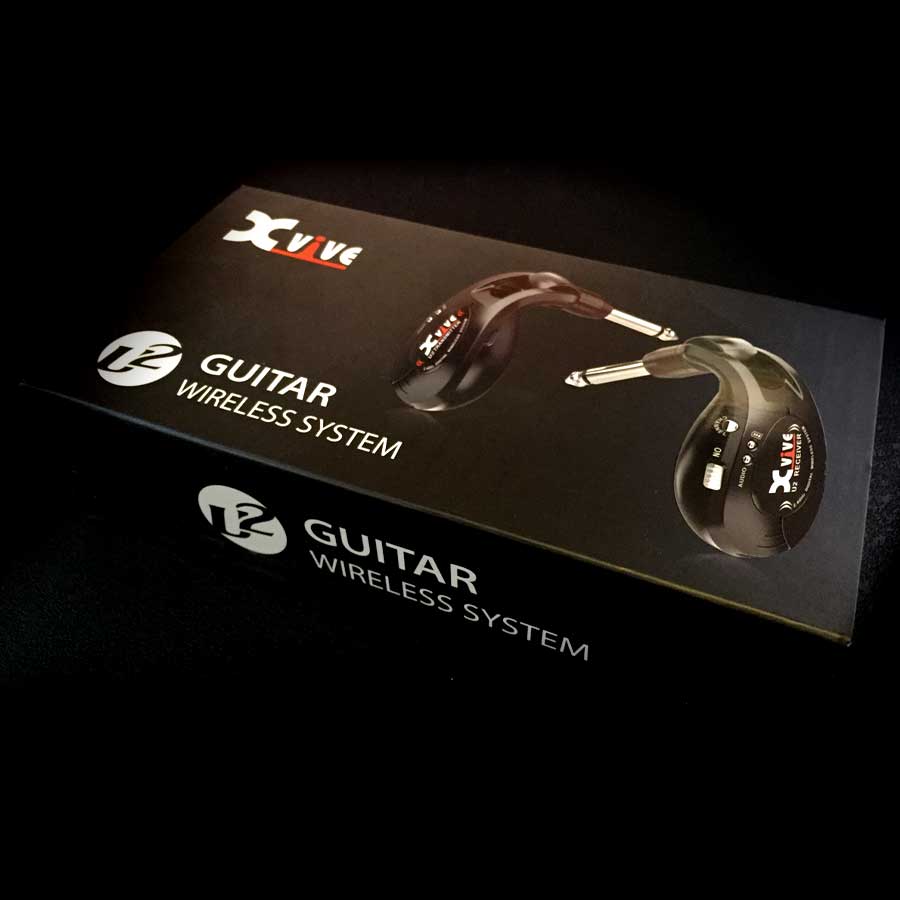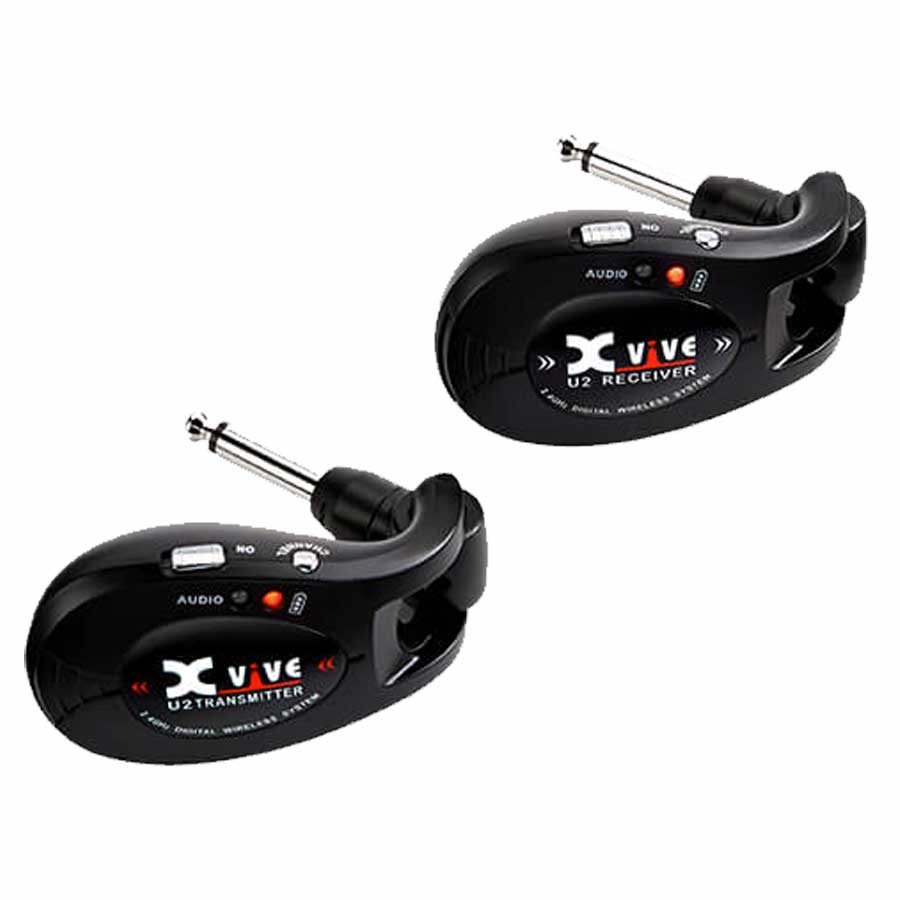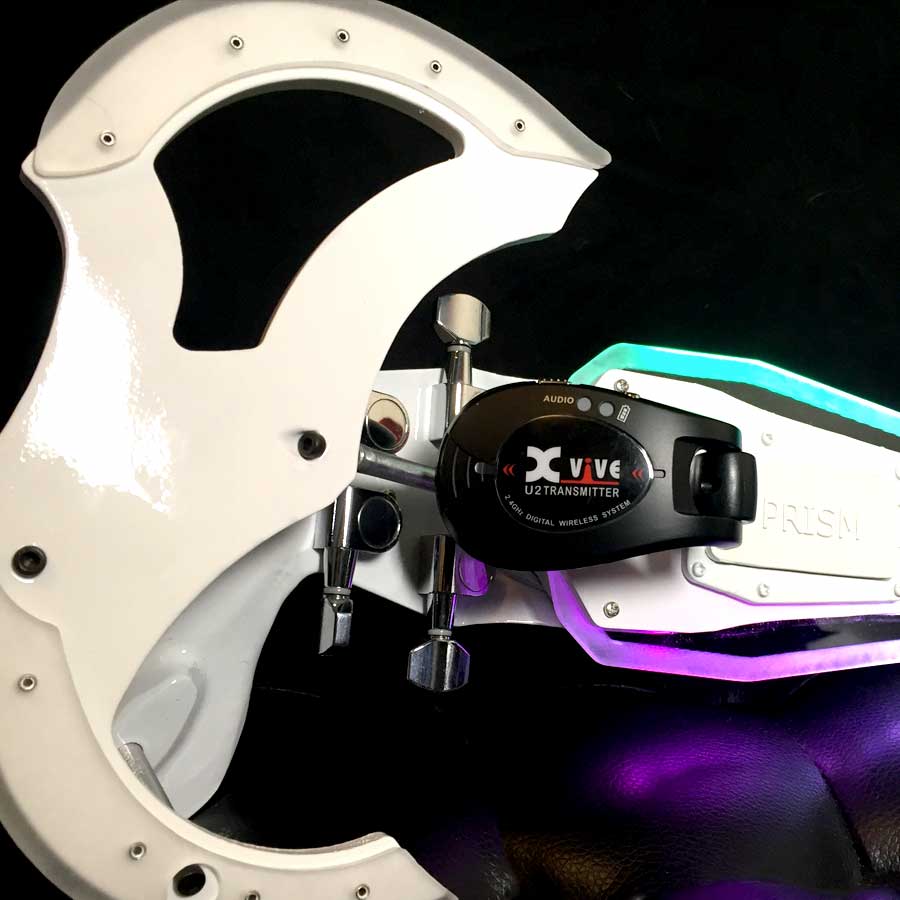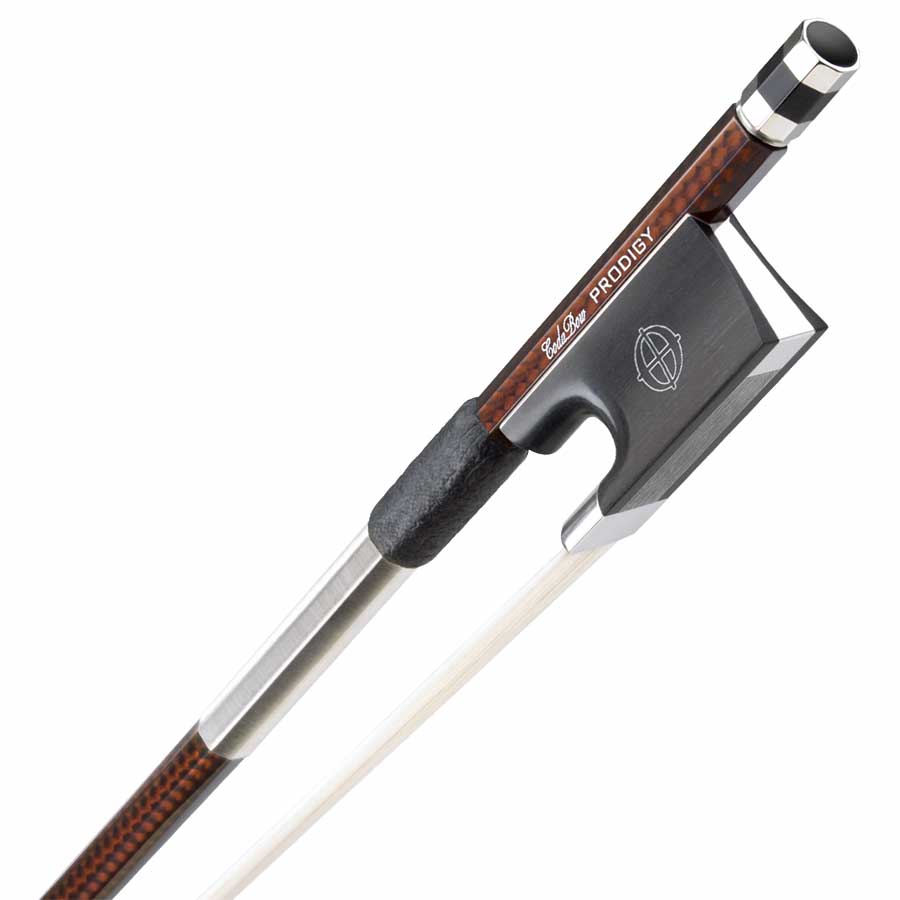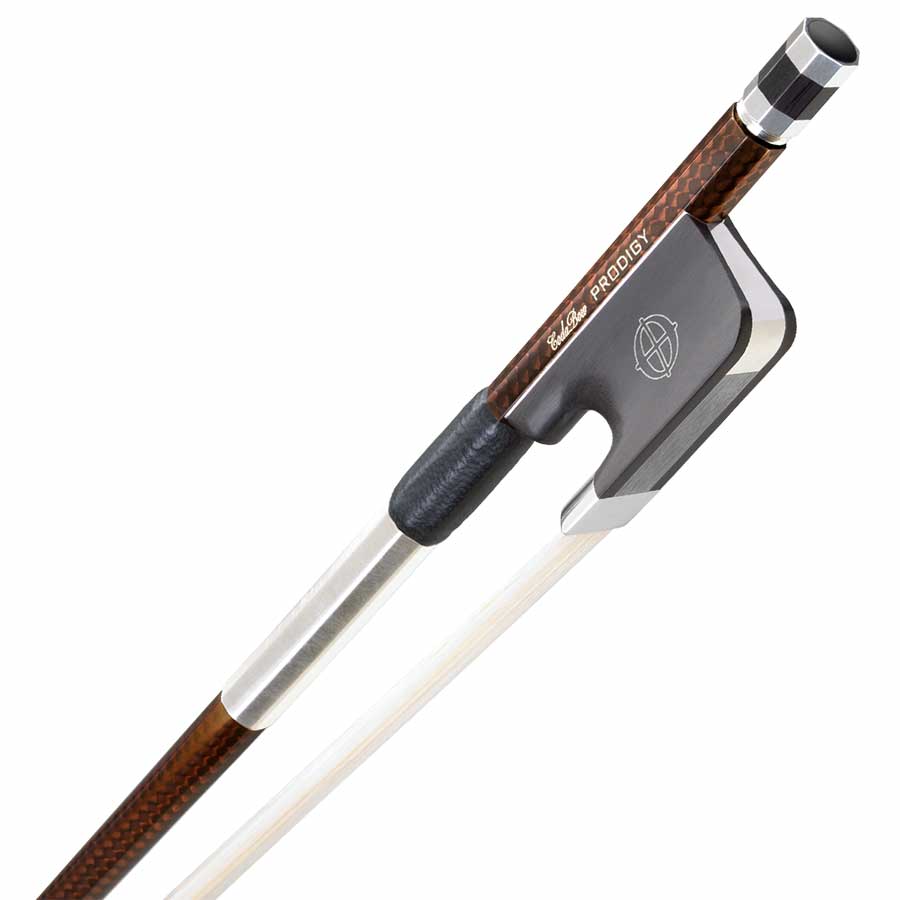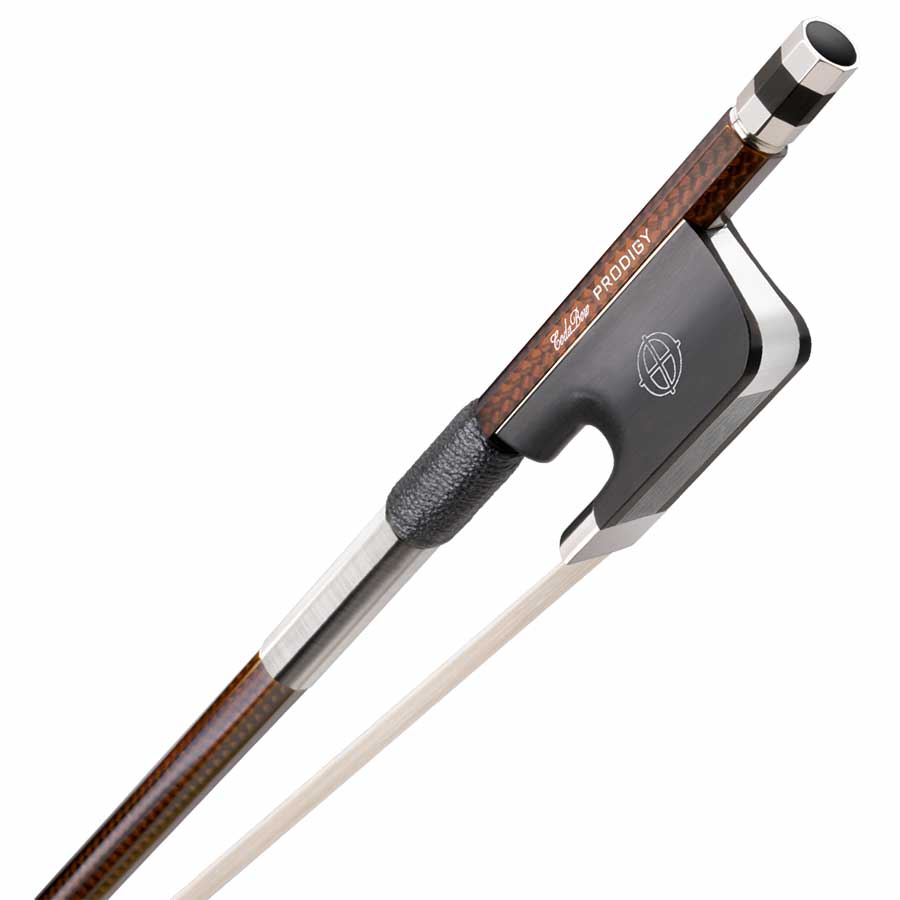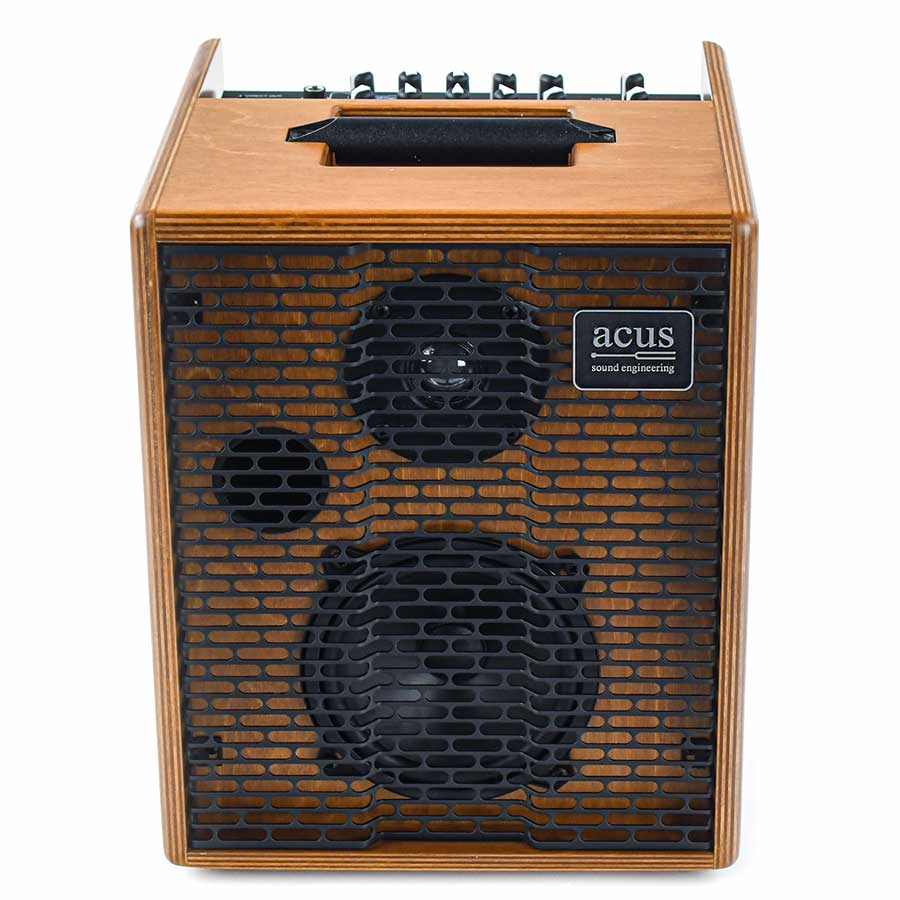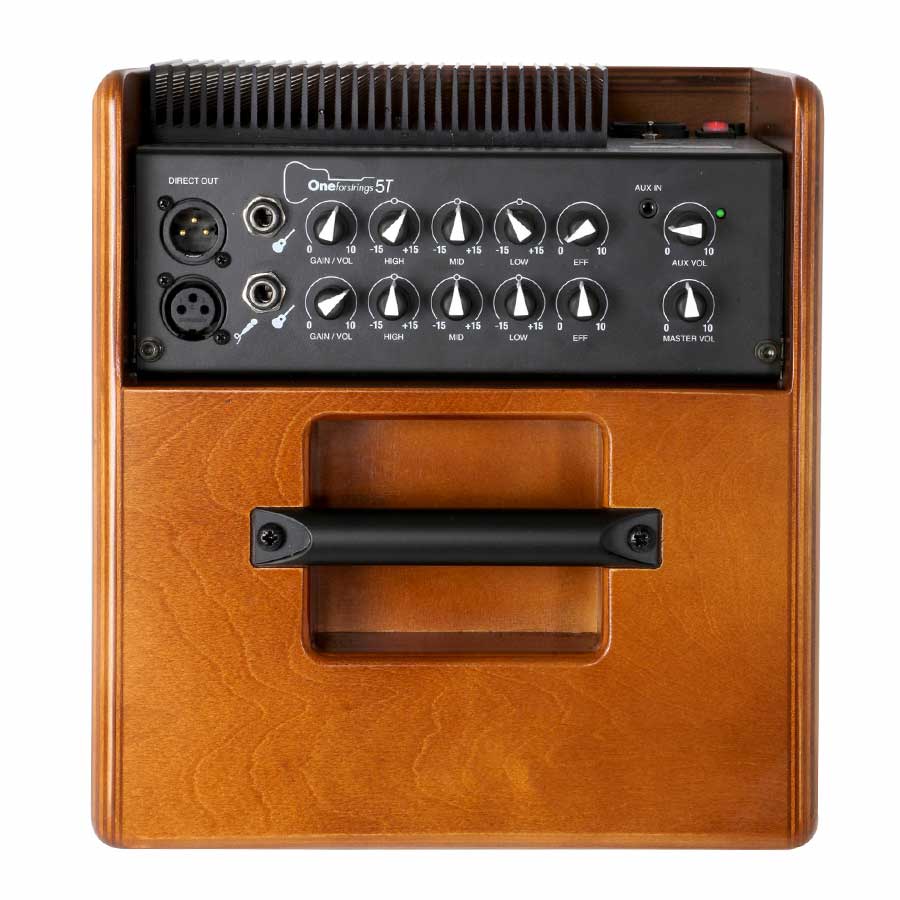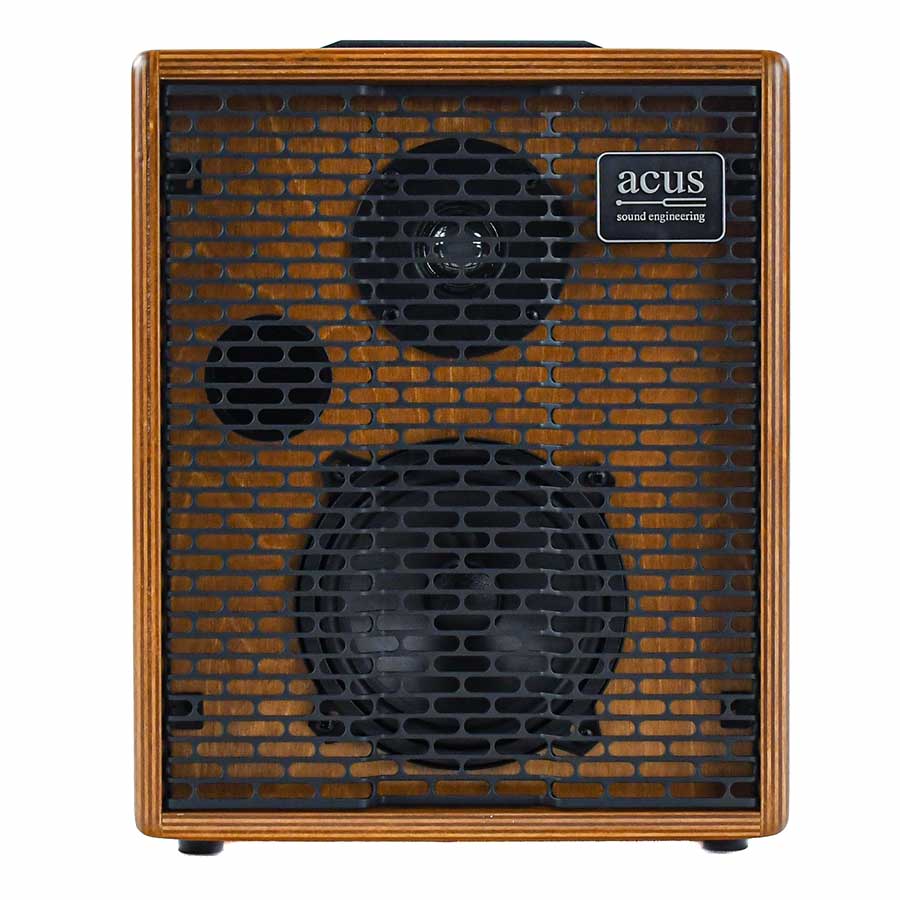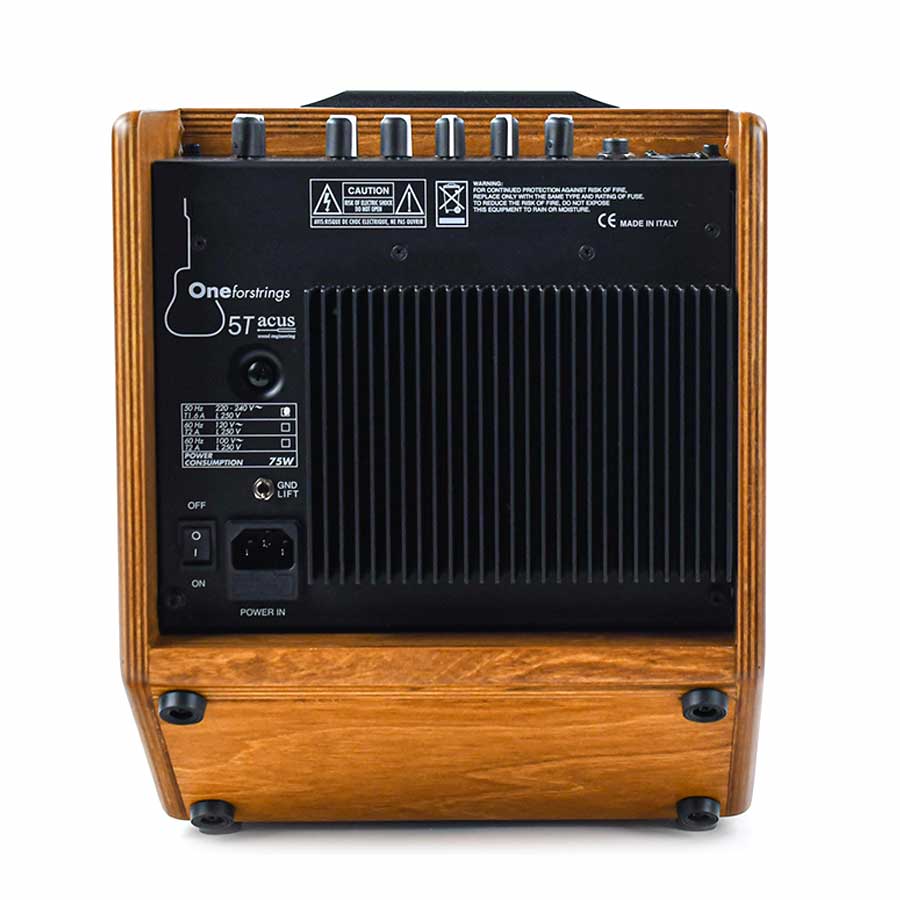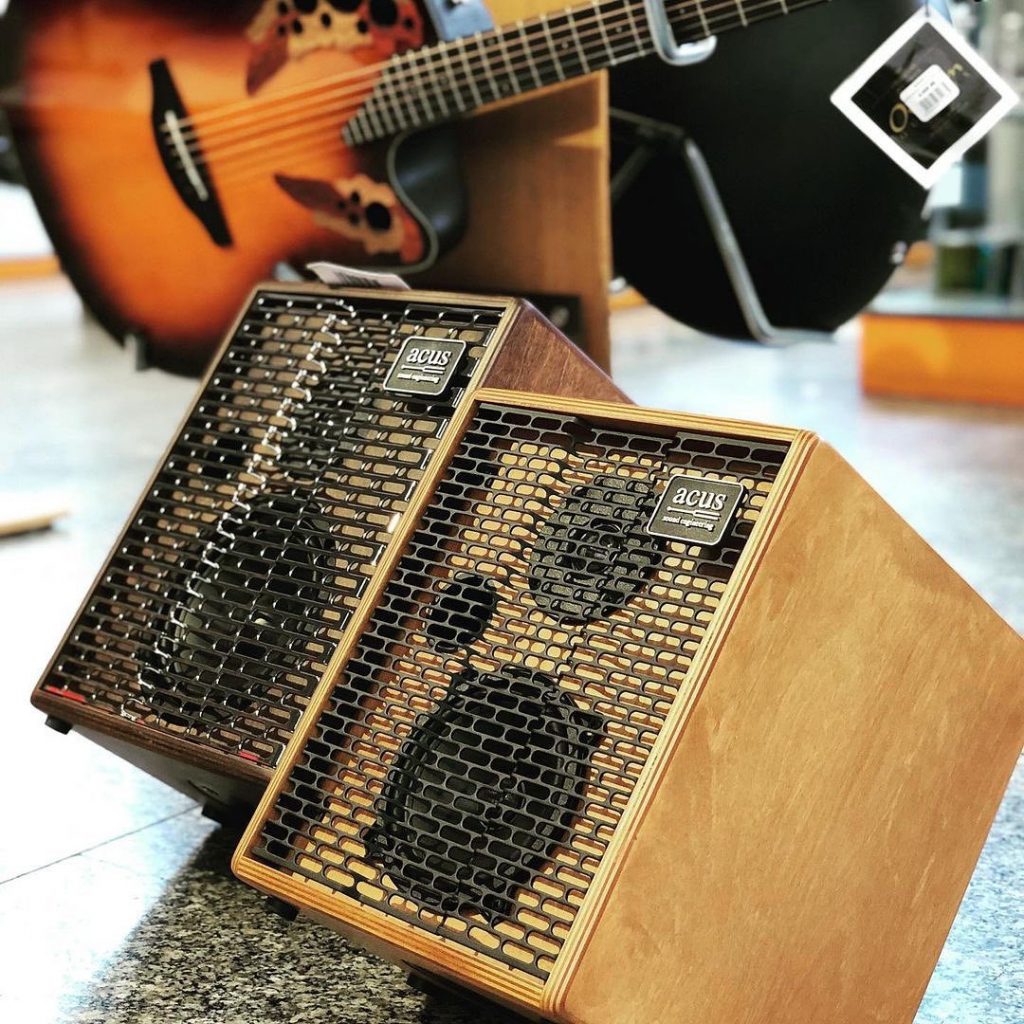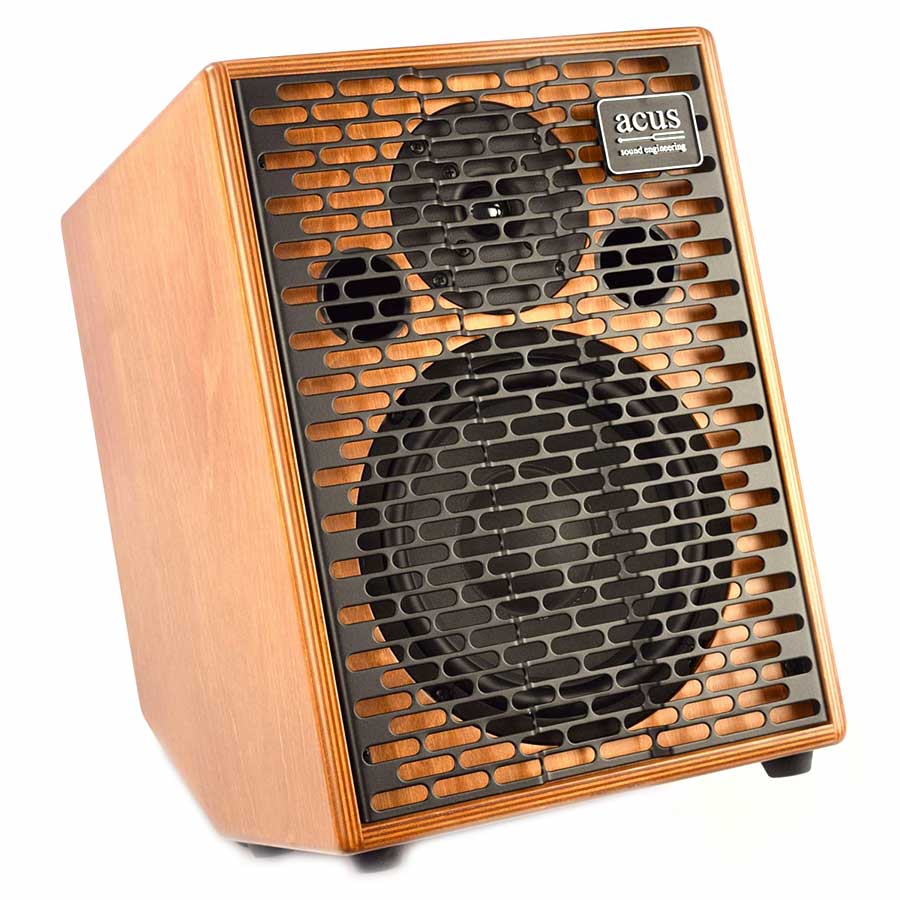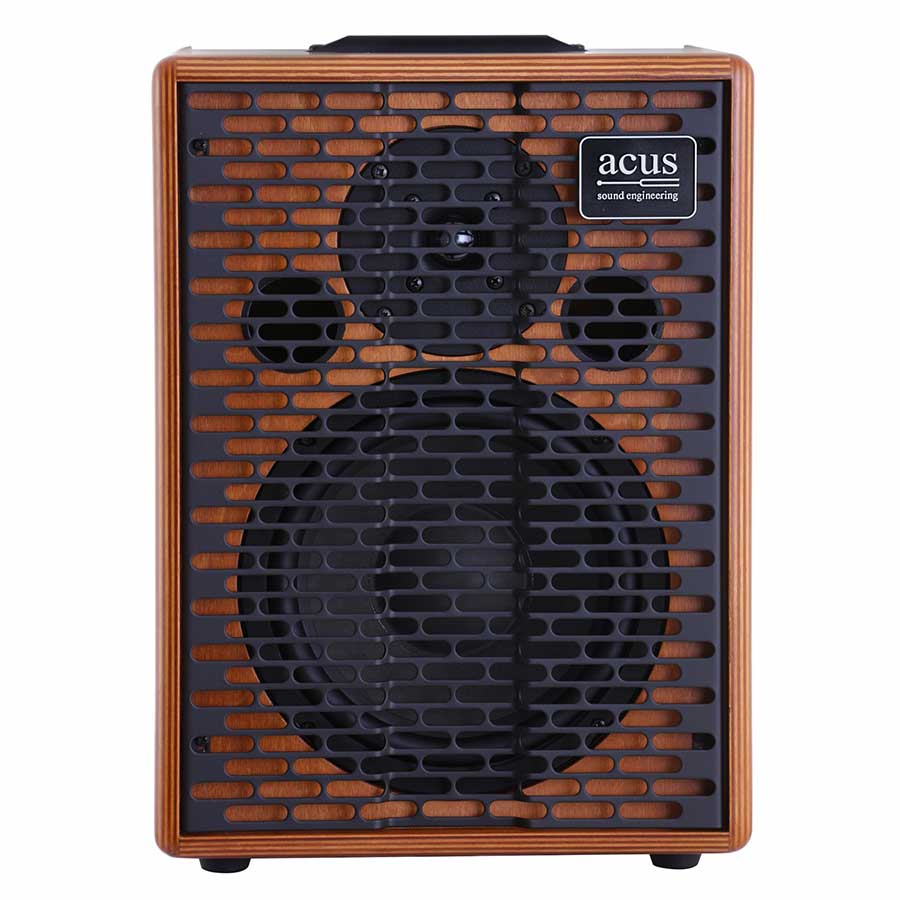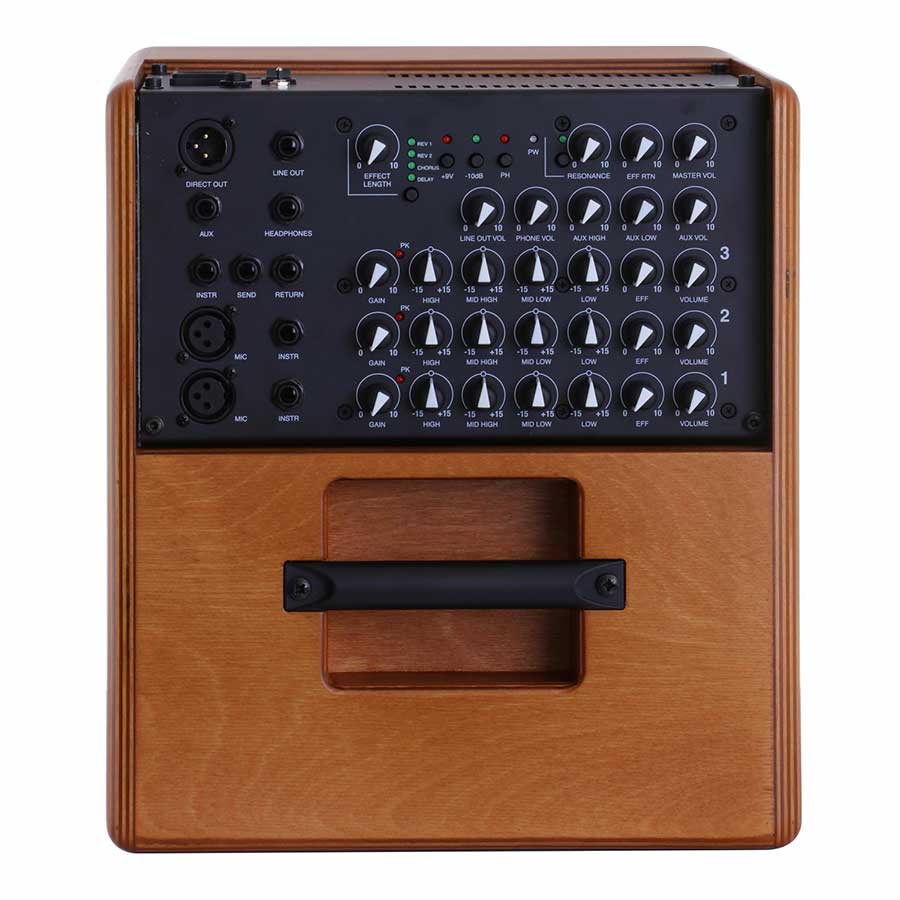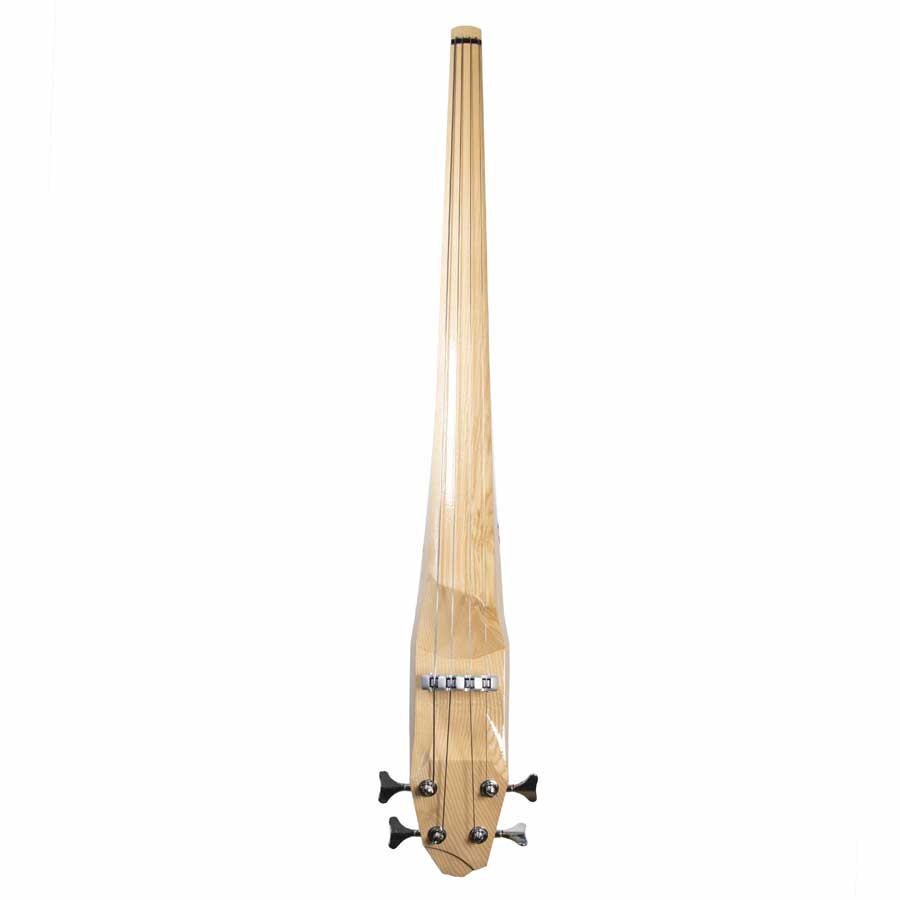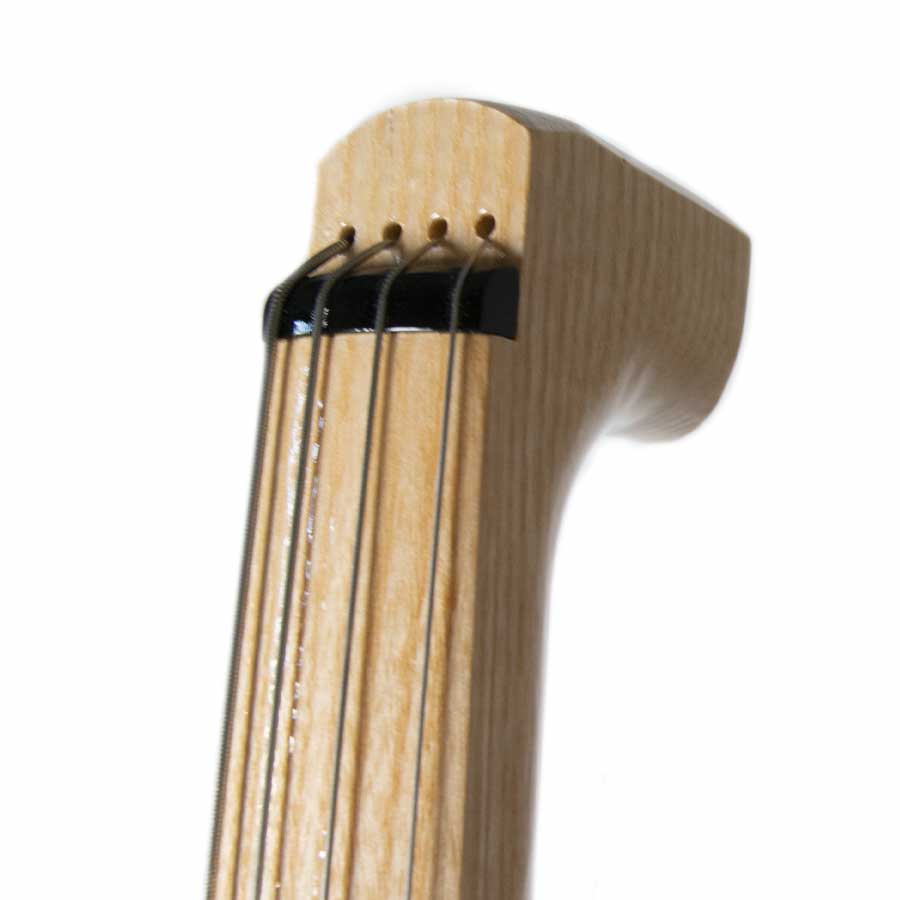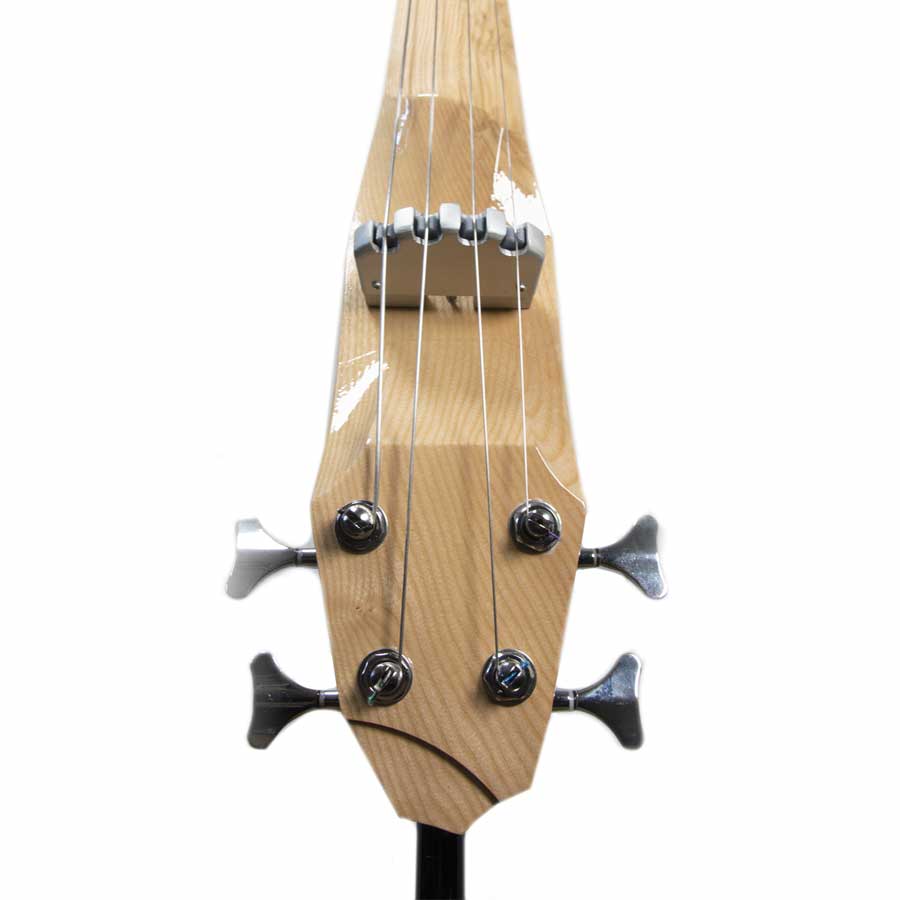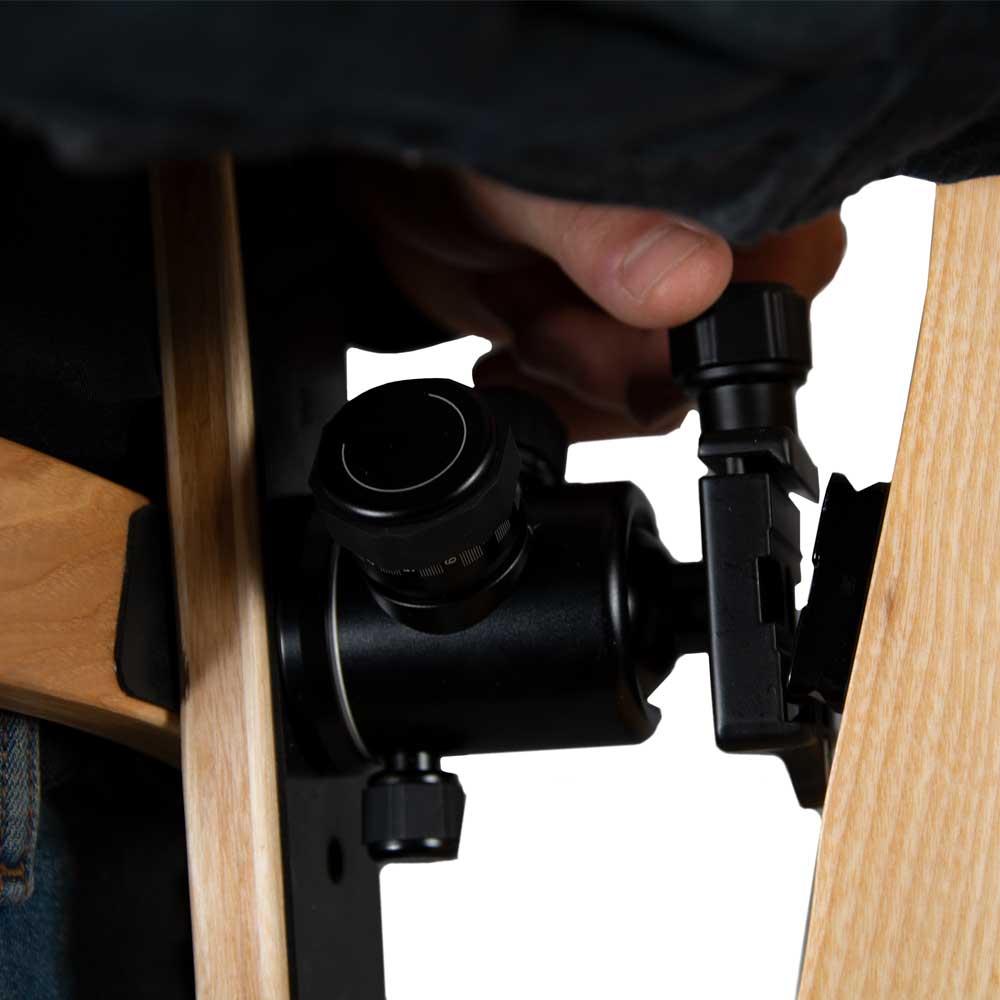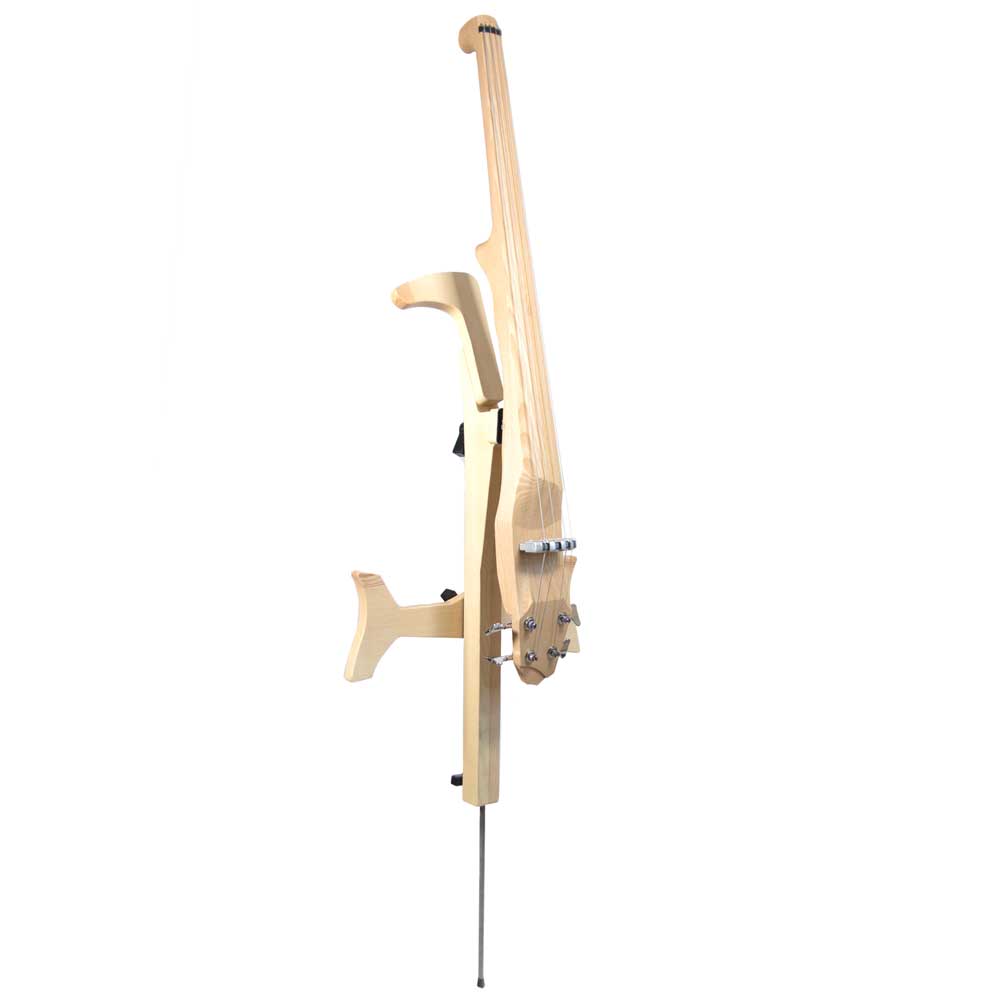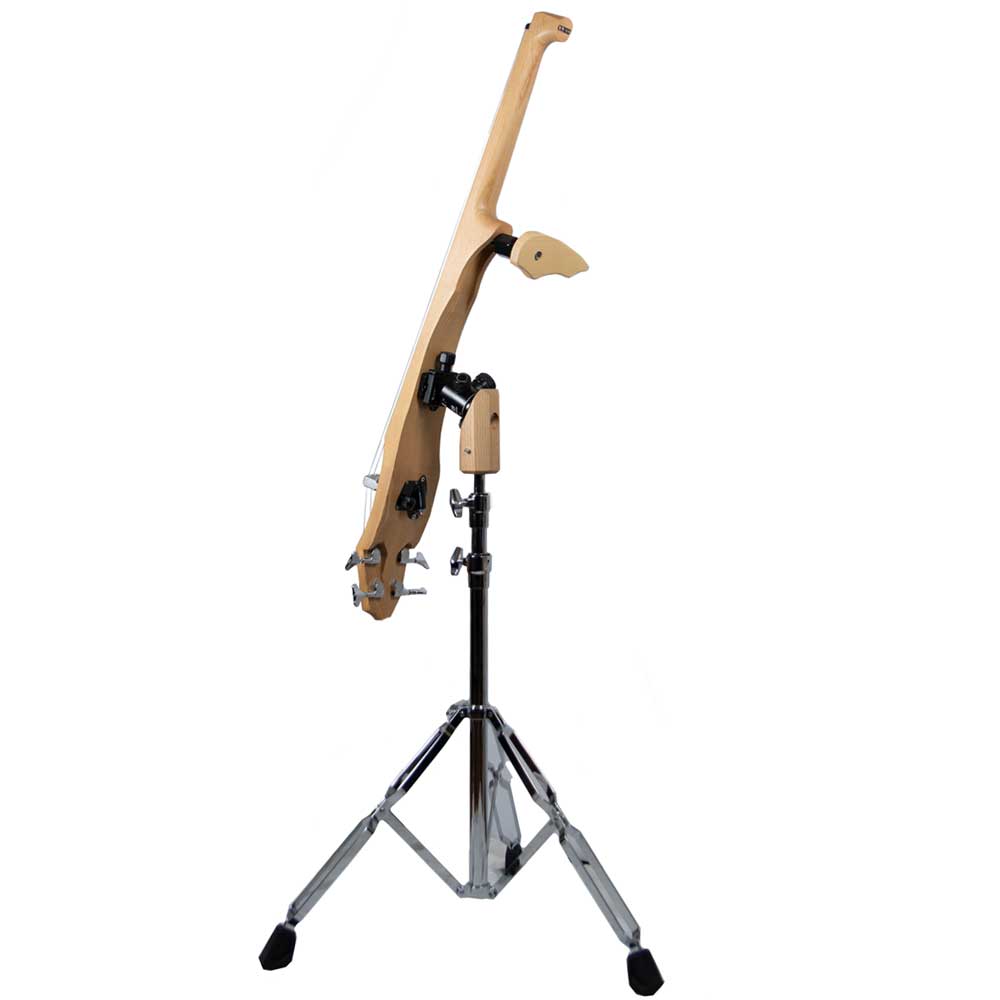What is an in-ear monitor?
These are in-ear earphones that use an in-ear monitoring system. These earphones allow you to use a mix so that it can be heard directly by the musician.
The system is composed of a transmitter that transmits a mix to a wireless receiver to which the earphones are connected.
This diagram explains how in-ear monitors work and where the signal comes from.
Why use in-ear monitors?
In-ear monitors have impressed and are now attracting an increasing number of instrumentalists. More and more musicians are using them and would not leave them for anything in the world. In-ear monitors offer many advantages for the musician, for the other musicians on stage, and even for the sound engineer and the audience.
Absence of feedback
Feedback occurs when a microphone picks up sound from a speaker. This sound enters a loop and amplifies with each loop. Feedback is clearly a problem for both the hearing and equipment that is not designed to handle extremely high or low frequencies.
Feedback can therefore be generated by microphones receiving the sound of traditional monitor speakers. With in-ear monitors, it is impossible to generate feedback since the monitors are the earphones. Only the musician using them can hear them: they are isolated and therefore unheard by the equipment and people around them.
Getting a clearer mix
Traditional monitors, such as floor monitors, can create a hubbub on stage due to their quantity and loudness. Very often, the mix on the stage has a poor quality, that is because every musician raises the volume of his monitor, and because the sound waves of the monitors intersect.
By using in-ear monitors, musicians isolate themselves from noise pollution and only hear the mix they have chosen to hear. Their audio feed will therefore be clearer. This is one of the reasons why all singers use in-ear monitors. With traditional monitors, they are not able to hear themselves singing, so they tend to force their voices and sing out of tune. With in-ear monitors, they can hear themselves perfectly!
This is also the case with the musicians who will be able to hear any mistakes faster. It is always easier to detect precision problems if you are able to hear each other correctly. For a violinist, there are many benefits when playing with earphones. In fact, they will fell some headphones benefits like a better perception of the effects and nuances achieved with the bow, as well as most of the frequencies that are played.
Very often, in-ear monitors allow you to obtain stereo or mono sound. And some even allow you to transmit different mixes: the sound of your instrument and the band’s mix for example. In every case, the quality of the singing and the playing is significantly improved.
On-the-fly sound power management
Another advantage is that the musician can manage the sound power on the fly and no longer needs to signal the sound engineer for him to increase the intensity of his monitor. He will be able to adjust his monitor via the receiver in a matter of seconds.
Sound insulation = hearing protection
The earphones are designed to isolate the user from the outside. This sound insulation provided by in-ear monitors is an excellent hearing protection.
These earphones are produced by manufacturers in series and sometimes come in different sizes so that each musician can find the most suitable earphone for his ear.
They can also be custom-made to ensure maximum comfort for the musician.
Read our article about what hearing protection options are there for a musician?
Having a less cluttered stage
If all musicians use in-ear monitors, traditional monitors will be fewer or even non-existent. That’s a lot of space for you to win on stage, especially since the stages are too often cluttered with each musician’s equipment. The stage will be perceived by the audience as less crowded, and it will be easier for instrumentalists to move around.
Greater freedom of movement
Traditional floor monitors emit in one direction. If you leave their emission area, you will no longer hear your monitor, but probably that of your neighbor. With in-ear monitors, each musician’s freedom for movement on stage is increased. As long as you respect the distance between the transmitter and the receiver, your in-ear monitors will allow you to move everywhere you want.
Less equipment to be carried
Do you think it is easier to carry in-ear monitors or a floor monitor for each musician? The answer is pretty obvious, isn’t it?
A simpler job for the sound engineer
The use of in-ear monitors also makes the work of the sound engineer easier. It is then easier for him to manage the stage sound and the front of house sound.
First of all, the stage sound will be cleaner for each musician who will hear only the mix he has chosen via his in-ear monitors. And the front of the house sound will no longer be polluted by traditional monitors.
Some guidelines that should be respected in order to ensure the perfect functioning of the in-ear monitors
- Be sure to check the frequencies on which your various wireless systems such as in-ear monitors, wireless instrument transmitters or wireless microphones will transmit. The key will be to use different frequencies for each wireless system.
- If you use two receivers: the first for your instrument and the second for your in-ear monitors, it is advisable not to place the two receivers next to each other. If possible, put the first one on the left side of your body, and the second on the right side. This will minimize possible interferences.
- Make sure that the space betwen the transmitter and receiver is unobstructed, and respect the distance recommended by the manufacturer in order to avoid signal losses.
Images and sources: Unsplash – @austinneill, @filipbarna, @hollowaykryan et music instruments makers.

